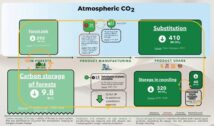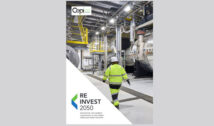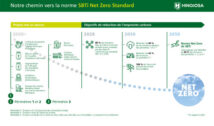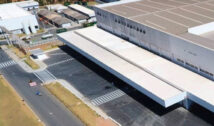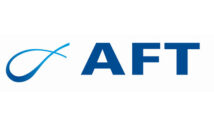
In 2018, CEPI members produced 92.2 million tonnes of paper and board, keeping the same level of production than in 2017, and benefiting from a healthy economic environment.
Our 2018 data confirms the longstanding trend of increased production in packaging, hygiene and speciality paper sectors while graphic paper continues to decline, following the demand reduction.
For the first time since 1990s, the sector opened 9 new mills and created 2,000 more jobs with a total increased turnover of +3%.
CO2 emissions from operations are steadily going down while the production of paper and board remained stable which illustrates the significant industry investments in decarbonisation technologies and increased energy efficiency. We have demonstrated how the industry is actively taking responsibility in reducing its carbon emissions, as well as playing a leading role in providing bio-based alternatives to carbon-intensive products in our REINVEST 2050 project.
Exports of paper and board products are growing, especially to North America, with 20.6 million tonnes in total, +1.1% compared to 2017 and imports are going up by 3.3%. Europe remains a net exporter and the number one exporting area in the world.
Our commitment to the circular economy remains stronger than ever with paper for recycling utilisation on the rise, i.e. the volumes recycled in European mills for reprocessing, keeping the fibres longer in the loop.
However, the 2018 recycling rate, i.e. proportion of the paper and board consumption that has been recycled, is slightly down from 72.4% to 71.6% due to trade flows, namely a significant export erosion of paper for recycling (-6.1%).
“Our 2018 Key Statistic report demonstrates once again that our industry is fast-transforming, creating jobs and believing in its capacity to grow in Europe putting into practice a true circular bioeconomy model ” said Jori Ringman, CEPI Director General.




